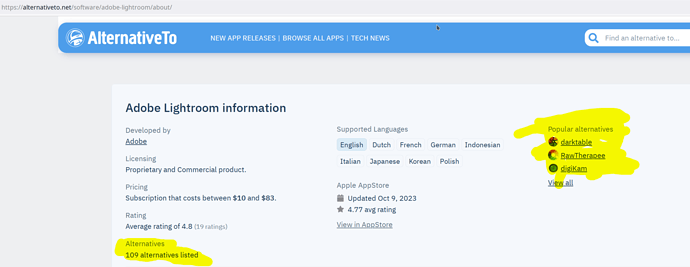I read an article from a Japanese Zen teacher who used photography as a metaphor from the analogue era I’m still working on the deeper meaning
he had two portraits taken of himself one by somebody who was technically obsessed and had all the latest gear and knew all the latest techniques but didn’t take a very good photo whereas the flattering photo he liked was from someone who turned up with a battered old camera and wasn’t so interested in technique
so I think you can use open source in a way where your emphasising the intuitive and creative and by doing this you will become like the second photographer in the example above I think other people have made this point on this forum somewhere
also on this forum, and we’re all grateful to them, are people with above average technical ability
and you do get people like Leonardo da Vinci who can be expert technically and creatively interestingly in his time the distinction between the two would not have been made
at my time in school I think you would have got corporal punishment for saying you wanted to study chemistry, art and physics
few years later from this I came to the conclusion that professional success was 90% getting on with people and 10% being good at what you do and not much has made me change my mind
Might explain why some peoples work gets worse when they go pro, Artists like Miro seem to imply it is not good for creativity to try and exploit this, what does it gain a man …
so while I would argue from the creative standpoint open source would be professional if sufficient other professionals disagreed you might have problems for the reason above
so I do think I can honestly say that I think open source is as good most of the time, better in the context of what I have said above and the possibilities it offers for the Leonardo’s however apologies if that is misleading for people who want to be cutting edge technically, who though is telling you what is
also if I’m being totally honest I tend to use gimp and the free Sony capture One, no longer available in a similar way to the way that people used Adobe camera raw and Photoshop several years ago
I don’t think this is being less professional for the social photography I do commercially because most of the other people tend just to shoot in jpeg and to be fair to them get some good results
if somebody wants to use affinity photo good luck to them and I’m sure they might get some excellent results
